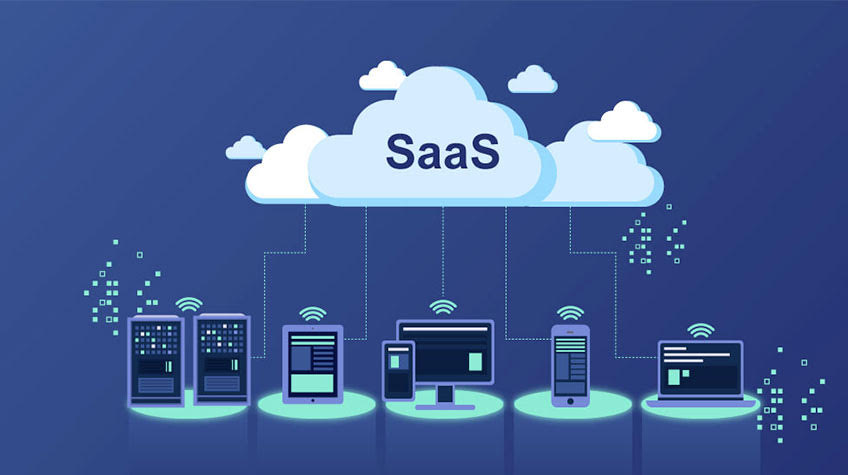Technology plays a special role in the world of business. Even if new assets don't directly benefit what an enterprise does, it may provide significant assistance in meeting goals regardless. Back in the day, this was the calling card of fax machines. Rather than having to rely on the mail or a courier service to send documents and obtain signatures, documents could be sent back and forth electronically, helping everyone from doctors to bankers get their work done in a secure manner.
Presently, fax technology is helping to instill significant change once again. Many people wrongly believe that email attachments killed the fax machine. But the biggest problem with email is that it lacks strong security and authentication measures. Email has been responsible for a significant number of reported data breaches – as many as 2536 instances can or could possibly be linked to issues with email, according to Privacy Rights Clearinghouse. That number represents almost 736 million compromised files in healthcare, government, education and non-profit, among other industries.
So if we can't trust email to keep our document transmissions secure, what's the next option? In many fields, this is why faxing is still required by law. But like so many other modern technologies, faxing doesn't have to mean one thing. In fact, more organizations are starting to realize that it's possible – and incredibly beneficial – to send a fax over IP channels instead of through traditional machines.
FoIP connections enable smooth sailing
Plenty of people by now know about VoIP, or voice over IP. But FoIP, a similar technology, is proving to be capable of doing for fax what VoIP did for the telephone. Siloed communications have no place in the modern office, and FoIP can help to get as many channels on a single device as possible, be it a desktop computer or a smartphone working remotely.
"The problem is that fax is even more isolated from other digital services than calling," wrote TMCnet contributor Mae Kowalke. "But … it is possible to transmit faxes digitally in much the same way as calling can be transmitted by digital means. This is useful because it allows for searchable faxes, integration with document management systems and faxing on the go."
Mobility is a key concern these days. One of the least-considered obstacles in the quest to obtain it is the use of paper, which has traditionally been required for faxing purposes. But smartphones and tablets have made it so that paper isn't as necessary as it used to be, and it's time for faxing to cash in on this fact.
Paperless offices inherently streamlined
While we're living in a digital world, there are still countless remnants of an analog age that many companies are still bound to. Paper is one of them, and faxing is one of the biggest reasons why. But with the increase in possibilities that mobile technology has afforded workplaces around the world, the idea of going paperless is not as intimidating as it used to be.
"Moving from paper to paperless can be a daunting process for businesses with substantial paper archives and paper-based workflows, but a systematic and step-by-step approach can make the migration dramatically more manageable," Kowalke wrote.
One of the biggest steps to take is moving away from paper-based fax. Faxing in this capacity is a time-consuming ordeal that generates much more waste than is necessary, namely when the missives being handled have to be printed and scanned so many times just to ultimately be discarded. Internet-based fax solutions help to rectify this situation, which allows organizations to save time, money and the environment all at the same time.
Cloud-based faxing – the final frontier
But opting for Internet fax is only the first step in this process. Cloud technology has risen to prominence right alongside mobile devices, helping to make countless services available on the go. One such asset is faxing. Yes, cloud-based faxing is not only possible, but incredibly viable for industries that require secure mobility.
One of the biggest reasons that email has remained so popular lies in its remote accessibility. There are countless applications out there that people can use to get into their inboxes, further pushing the untrue notion that faxing no longer has a place in business. But as we've clearly seen, the technology behind faxing is not obsolete – even if some of the dedicated machines that facilitate it are.
At the end of the day, there are two things that need to be remembered: Email is not a secure channel and excessive paper use slows organizations down. Internet and cloud-based fax are incredible ways to handle both of these issues. Those companies that have not explored these options should consider doing so sooner rather than later.
Enhance enterprise communication, collaboration and compliance efforts with a proven FoIP solution from FaxCore. Contact FaxCore today to learn more about their 'Partly-Cloudy' fax solutions.




